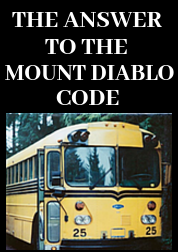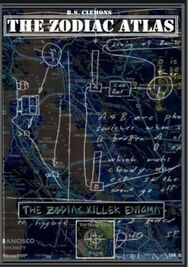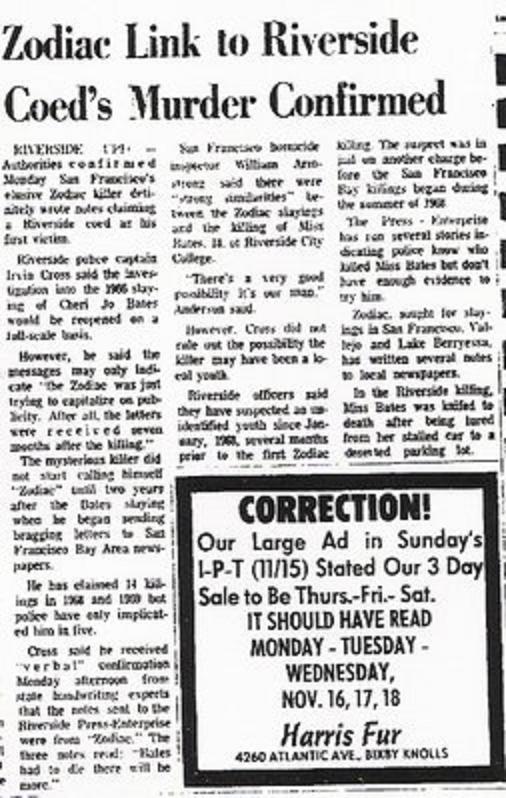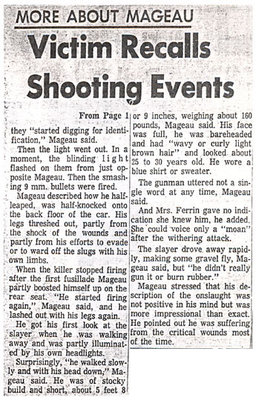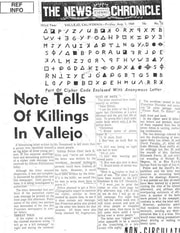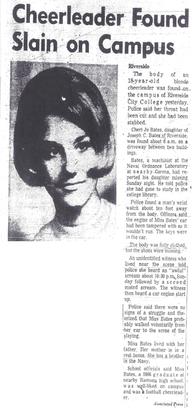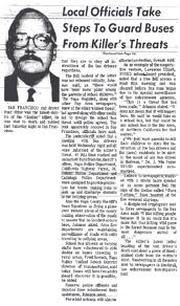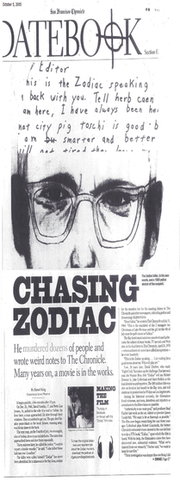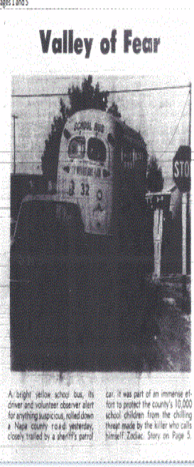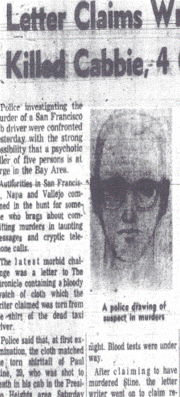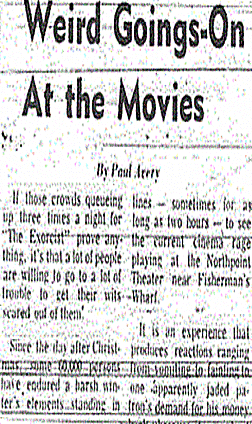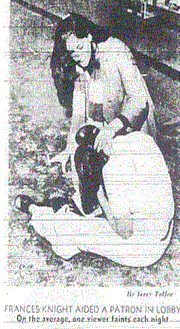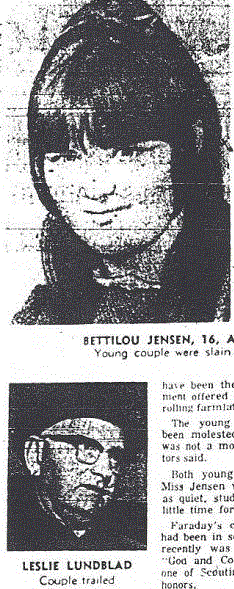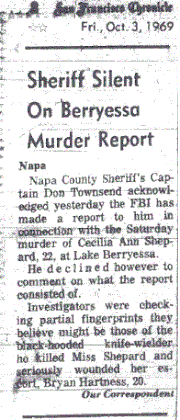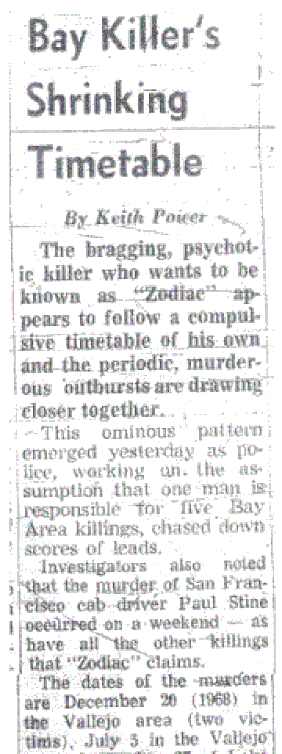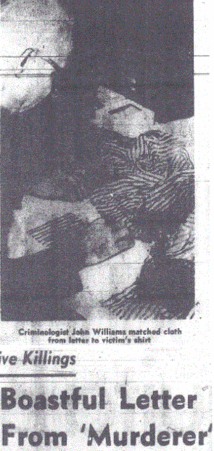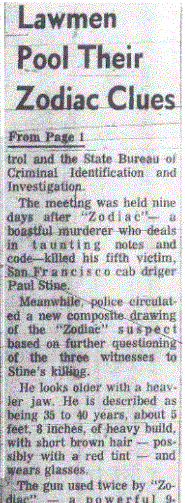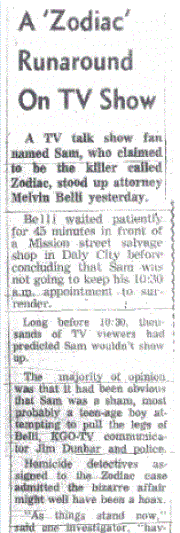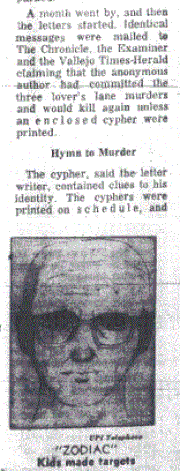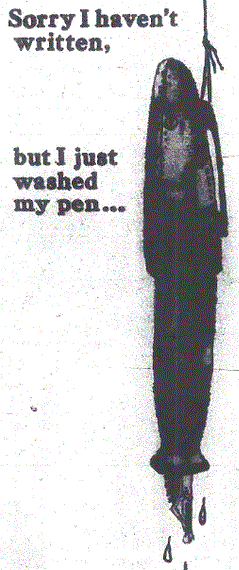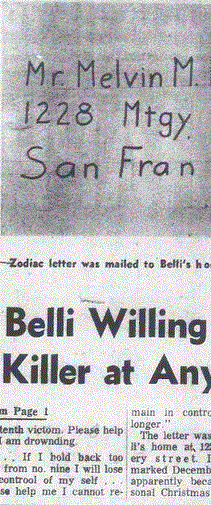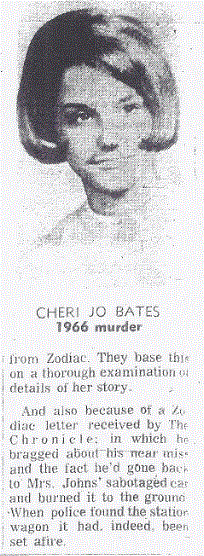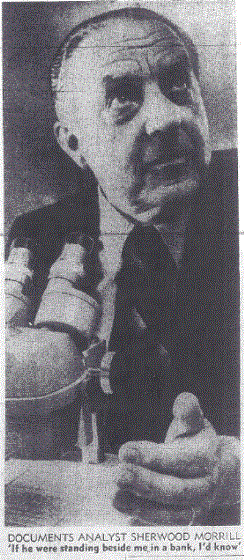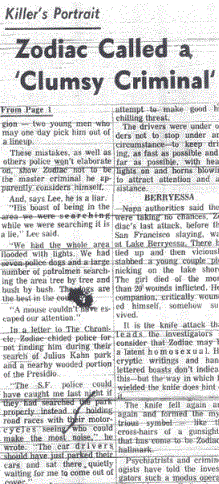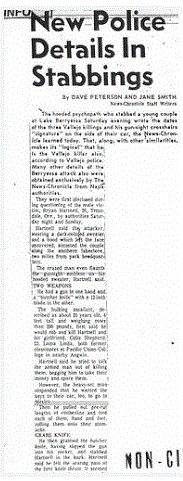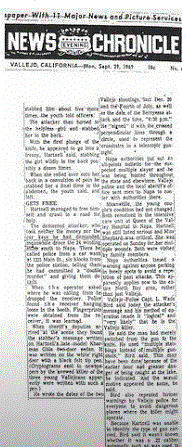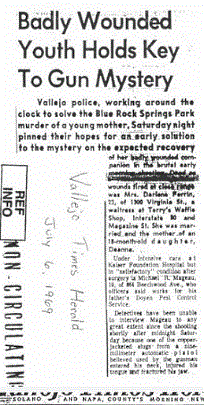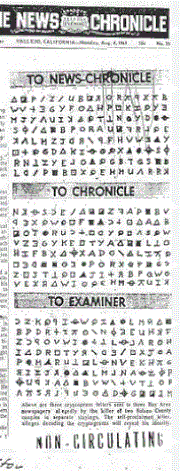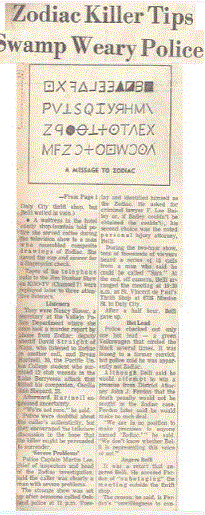In a recent article David Oranchak posed the question "Are the Ciphers Gibberish", analyzing the pros and cons to the legitimacy of the Zodiac 340 cipher. There is, however, another legitimate argument to be discussed when searching for a solution to the Zodiac Killer's second cipher. Is it worth trying to solve at all? If it does contain a message, it will likely be a collection of inane ramblings akin to the solved 408 cipher. There will of course be the immense notoriety attached to your name, having been the cryptographer who broke the infamous Zodiac code, from which numerous television appearances and a book deal will inevitably follow. In the midst of tragedy, your name will be up in lights. But here is the reality check. Even if you do achieve the seemingly insurmountable task of unequivocally solving the 340 cipher, then comes the next insurmountable hurdle - convincing people you have the correct solution. In a Zodiac community wearily grazing on skepticism and fueled by a heavy dose of déjà vu syndrome, your perfectly good solution will likely drift on down the river with barely a ripple from the esteemed adjudicators.
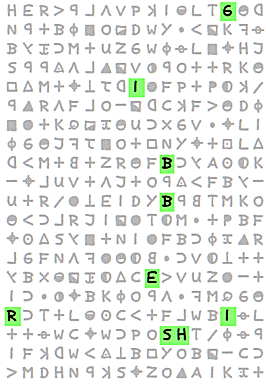
There are so many claimed solutions to the 340 cipher haystack, that if one really existed, it will eventually be as hard to find as a solution to the cipher itself. David Oranchak stated here:
"The 340 cipher has 63 unique symbols. If one of 26 plaintext letters can be assigned to each symbol, then the number of possible solutions is 26 raised to the 63rd power. So, how many of those solutions would computers need to examine PER SECOND to finish within 100 years? The answer is about 4.4 x 10^80 solutions, or 440 million billion billion billion billion billion billion billion billion. This is LIGHT YEARS beyond what current computers are capable of.
According to Top500.org, the world's fastest supercomputer as of November, 2011, achieved a computational power of 10.51 Petaflop/s, or 10.51 quadrillion floating point operations per second. If you were somehow able to check a decryption solution of the 340 cipher using a single floating point operation, then this supercomputer could go through all of the possible solutions to the 340 cipher in about 1.3×10^57 years. By comparison, our humble universe is estimated to be only 13.7 x 10^9 years old!"
With so many variables that can be applied to the cipher, or more importantly, the one conjured up by the warped and dissociative brain of Zodiac, the probability is, that a supercomputer designed by logic and born from reality will probably be heading course on the wrong superhighway. Throw in a handful of Zodiac errors into the mix, could mean proving your solution an impossible task to the baying hordes of furrowed experts, armed with statistical probabilities. Solving the 340 cipher may yet prove to be the easy part, however, convincing somebody else you have, could take a quadrillion years you haven't got.
David Oranchak stated "When Z408 was cracked, the papers talked about how the solvers took advantage of patterns found in the cipher text. Zodiac could have focused on somehow removing those patterns from Z340. Or maybe he found some obscure idea in a book or one of those pulp fiction detective stories".
Herein lies part of the problem. If you discover an obscure idea that answers key elements of the 340 cipher, or provides a readable message (possibly using a rotating key code), then it could be argued that your obscure idea is so obscure, that it isn't worth considering as a credible solution and thereby roundly dismissed as lunacy. The more crazy the solution, the more unlikely it is, despite being crafted by the perfectly sane Zodiac.
Alternatively, how do you prove the cipher gibberish while it still remains unsolved in the eyes of most observers. By extension, if it's unsolved, then it still has a possible solution. But be warned - if you do find the real solution to the 340 cipher, you will have to work far harder than the Harden's did in 1969 to convince the world you are correct. And my guess is, you never will.




 RSS Feed
RSS Feed

